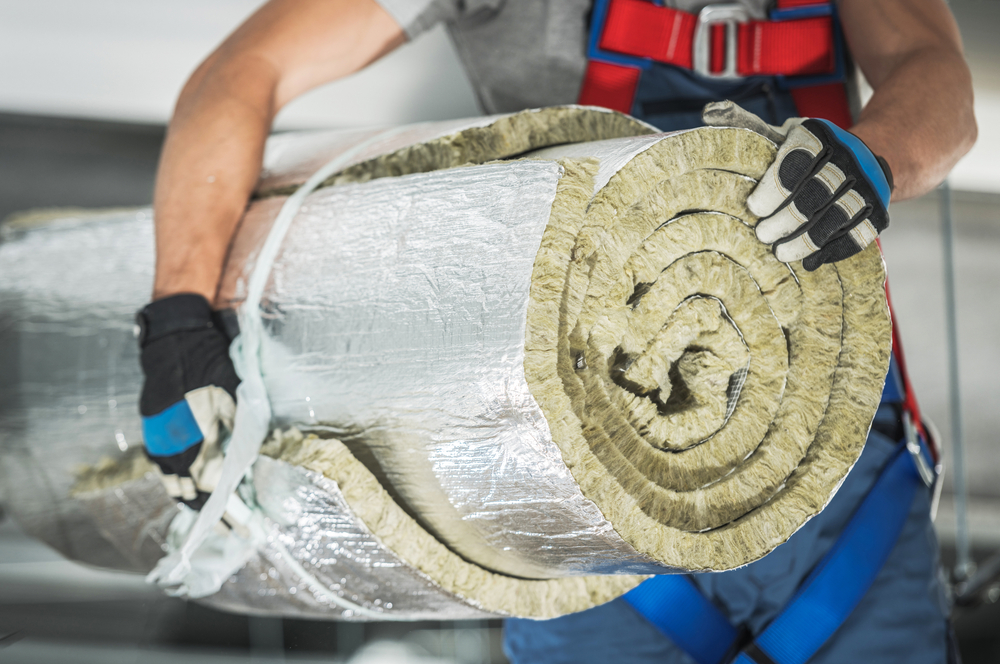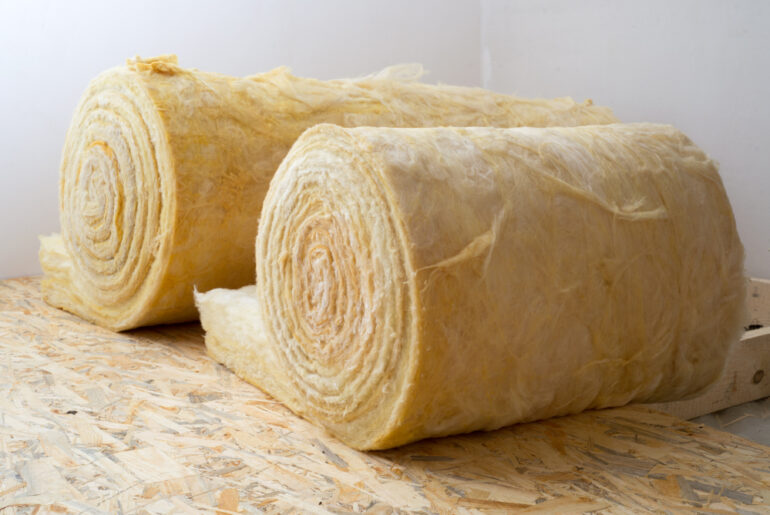The quick answer is no. Mold does not grow on rockwool insulation since the material is not an organic substance that serves as a food source for mold to thrive on. Rockwool is not the only insulation material with this characteristic.
Some other types of insulation that do not support mold growth include fiberglass and foam board. Why do these materials resist mold growth? What can be done to prevent mold growth on insulation? Let’s dive into some details.
Is Rockwool Mold-Resistant?
Rockwool insulation is made from molten rock that is spun into fibers, making it a mineral-based material. Mold needs organic materials to grow, and since rockwool does not contain any organic substances, it does not provide food for mold growth.
Plus, the manufacturing process of rockwool leaves no gaps or voids in the insulation, making it difficult for mold spores to find a place to settle and grow. Due to the same reasons, there’s little to no moisture buildup within the insulation, as there are no pockets or spaces for water to collect.
Rockwool insulation is tested per the ASTM C1338. It’s a standard test method that evaluates the resistance of materials to fungal growth in an environmental chamber. The test results show zero mold growth on rockwool insulation upon exposure.
Why Does Mold Grow on Some Insulation?
Mold is a living material. Like all life, it needs nutrition. That nutrition comes in the form of organic substances like wood or paper.
That’s why organic insulation materials like cellulose are not an ideal choice for areas prone to high humidity or water damage. However, organic materials aren’t the only victims.
In some cases, mold may also grow on inorganic insulation materials. Over time, dust and debris can accumulate on the surface of the insulation. Since debris may contain organic materials, mold can feed on it.
Apart from nutrition, mold also needs sufficient moisture. If there’s a leak in your roof and it drips onto the insulation, that’s a prime spot for mold growth. The same is true for rainy areas where moisture can seep through the walls and settle onto insulation.
Mold also needs a certain temperature range of 77°F to 86°F (25°C to 30°C) for optimal growth. If your geographical region falls in this range and your home is not well-ventilated, you may be at risk for mold spread.
Speaking of ventilation, mold loves poorly ventilated areas. Why? Poor ventilation leads to moisture buildup, and we’ve already established that mold loves moisture. You know what to expect next.
Which Other Insulation Materials Are Resistant to Mold Growth?
Rockwool isn’t the only mold-resistant insulation material. Another good choice is fiberglass.
It’s a non-biodegradable material that cannot feed mold. It’s also naturally water-resistant, which further creates an unattractive environment for mold growth.
When mold spores fall on fiberglass, they tend to puncture. So they cannot attach to the material.
However, it’s important to remember that mold may grow on the insulation’s backing. Paper is commonly used to make backing for fiberglass insulation. You should opt for backing-free insulation if you’re concerned about mold growth.
Another good choice is foam insulation. One, it’s not a hospitable environment. Two, it maintains a tight seal, which keeps moisture out.
For instance, Styroboard XPS is water-resistant. That means it keeps moisture from seeping into your walls and creating a haven for mold. It also does not rot or decay. So you won’t have to worry about mold or rodents finding their way through the cracks.
Tips to Keep Your Insulation Mold-Free
Selecting the right insulation is only the first step. You also need to take a few extra measures to keep mold at bay.
- Address Water Leaks: Notice a leak in your roof or basement? Fix it ASAP. The longer you wait to tackle the issue, the greater the chances of mold growth.
- Maintain Proper Ventilation: Use exhaust fans in the kitchen and bathroom. Also, keep windows open for a few minutes each day to allow fresh air to circulate.
- Control Humidity: Mold thrives in high humidity conditions. Keep indoor humidity levels below 60%. If you live in a humid climate, use a dehumidifier to keep moisture in check.
- Use a Vapor Barrier: A vapor barrier goes between your insulation and the interior of your home. It keeps moisture out. Use it in moisture-prone areas like crawl spaces and basements.
- Insulate Properly: First, choose a mold-resistant insulation material. Then, ensure it’s installed correctly with no gaps or tears for moisture to seep in. Finally, inspect it regularly for any signs of damage.
Mold can be a headache (literal and figurative) for homeowners. Instead of waiting for a problem to occur and then trying to fix it, take preventative measures to keep mold out of your home.





